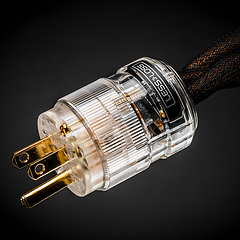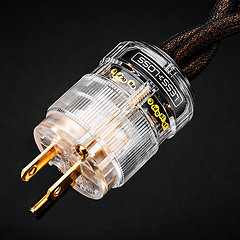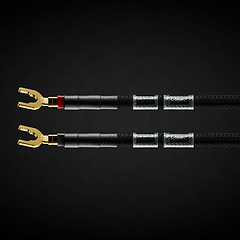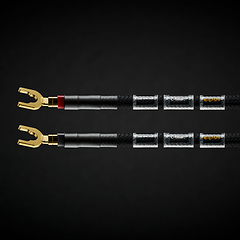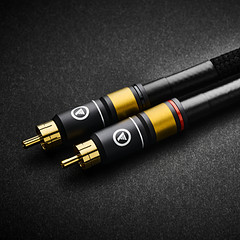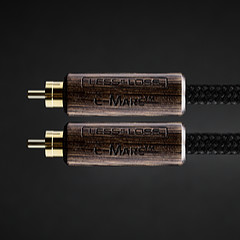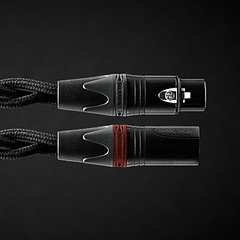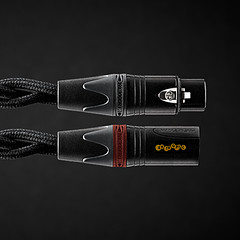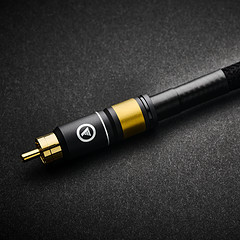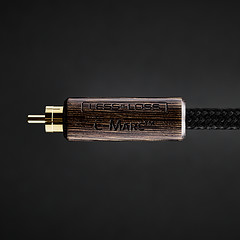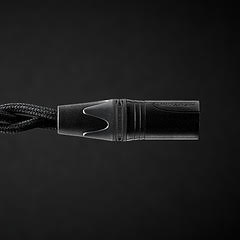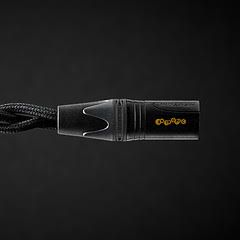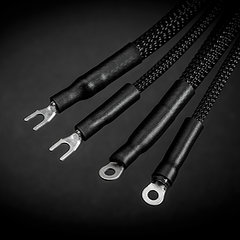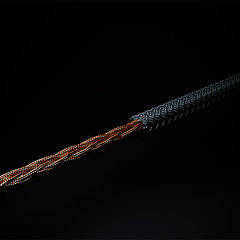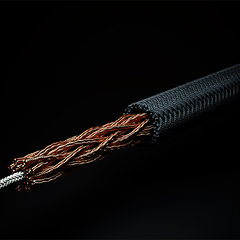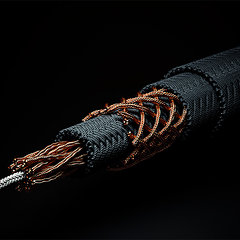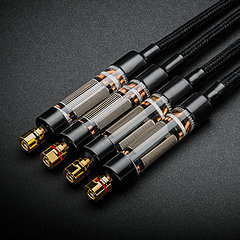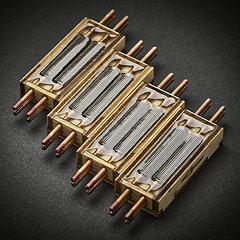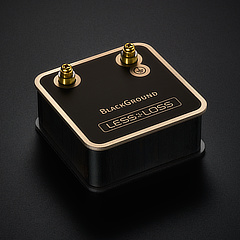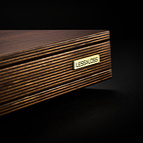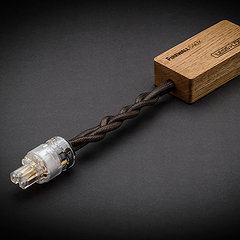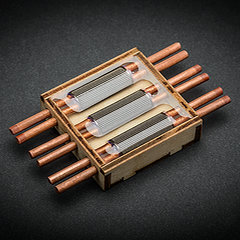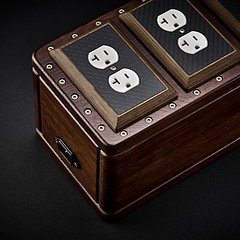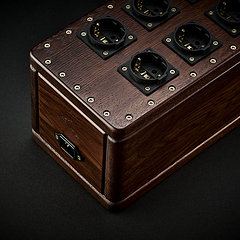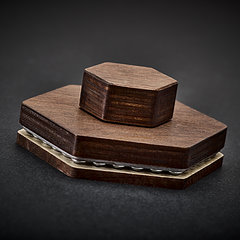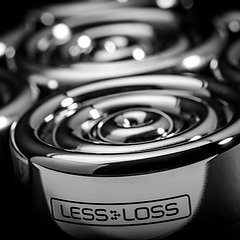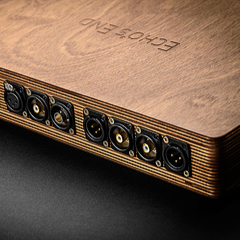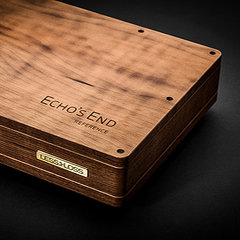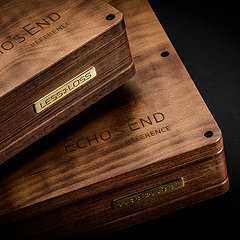- Asynchronous Reclocking
- I2S
- Output Stage
- Error Correction vs. Jitter
- Slaving Computer Soundcards
- Battery for Digital Schematics?
- Stacking Multiple Converter Chips
- Benchmark's UltraLock
- Digital Filtering
- One-box CD Players
- Synchronous Reclocking
- Jitter Sources
- Large Buffer
- Disbelief in LessLoss
- A/D Converters
- Sampling Rates
Question:
A lot of people, especially in the DIY community, swear by the method of Asynchronous Reclocking (Asynchronous Resampling). Some say Asynchronous reclocking minimized differences between digital SPDIF cables. What are your feelings?
LessLoss Reply:
With Asynchronous reclocking, meaning that there are two master clocks involved, we experimented exstensively with the two best solutions on the market: the CS8420 and the AD1896A.
Asynchronous reclocking does make the cable differences smaller. That is true. But at the same time, it presents a clearly audible limit to the quality achievable by lowering Jitter. You are stuck with a sort of metallic sound which cannot be further improved upon.
Asynchronous reclocking is usually understood by the naive audiophile to represent the "magic wand" which solves all problems of Jitter in a digital system. Because of the general lack of knowledge, it is very easy for manufacturers using the chips CS8420 and AD1896A to market to the masses, and present this method as the ultimate solution. Asynchronous reclocking is far from the ultimate solution of Jitter reduction.
If you use asynchronous reclocking, you are continuously rounding out the digital audio stream to match the new clock. There is a threshold of incoming Jitter amount or type from where this is a good feature (it sounds better with asynchronous reclocking rather than without). But if your incoming Jitter level is LESS than that threshold, then the asychronous mathematical rounding process actually makes the audio worse, since there is a new type of distortion entering the data stream (this is not necessarily measureable Jitter, but the effect of these asynchronous processes on the original audio data stream actually encode a new digital stream with rounding errors).
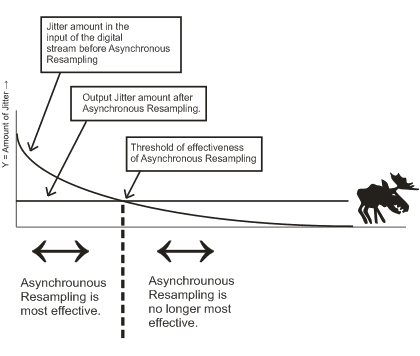
Asynchronous reclocking vs synchronous reclocking in a high-res PDF file.
When you compare an incoming Jittered signal which has less jitter than the mentioned threshold for improvement via asynchronous means with the completely SYNCHRONOUS solution we advocate, things such as the following are much more readily heard in the audio:
- stringed instrument bowing direction.
- tilting of cymbols when struck and the beautiful play on phase one enjoys in reality because they tilt and sway according to the musical intent of the drummer.
- two string type of classical guitar (pure nylon vs. metal-wound).
- conductor's breathing, stomping of feet, turning pages
- pads of the saxophone machanics
- circular breathing technique by sax players
Things like this. Basically, there is a level of detail which is already recorded but which cannot be discerned very readily unless the reclocking which is being used is completely synchronous.
So, to sum it all up, yes, down to a certain Jitter amount, asynchronous reclocking, aka asynchronous resampling, does lower Jitter down further. But lower than this Jitter amount, asynchronous reclocking makes the audio sound like digital, without life, with a harsh texture and it makes a choir of humans sound like a synthesizer.
Most DIY-ers are not experienced enough to discern these two and blame the harshness on the recording, and still propagate Asynchronous Reclocking, or Asynchronous Resampling (same thing), as the best solution out there. But with Synchronous reclocking, there is a whole horizon of further quality achievable by further reducing Jitter, going down the path of unmarked territory what with all the vibration control theories, HF shielding theories, crystal structure resonance absorption, etc. etc.
But first you have to get your electronics right.
